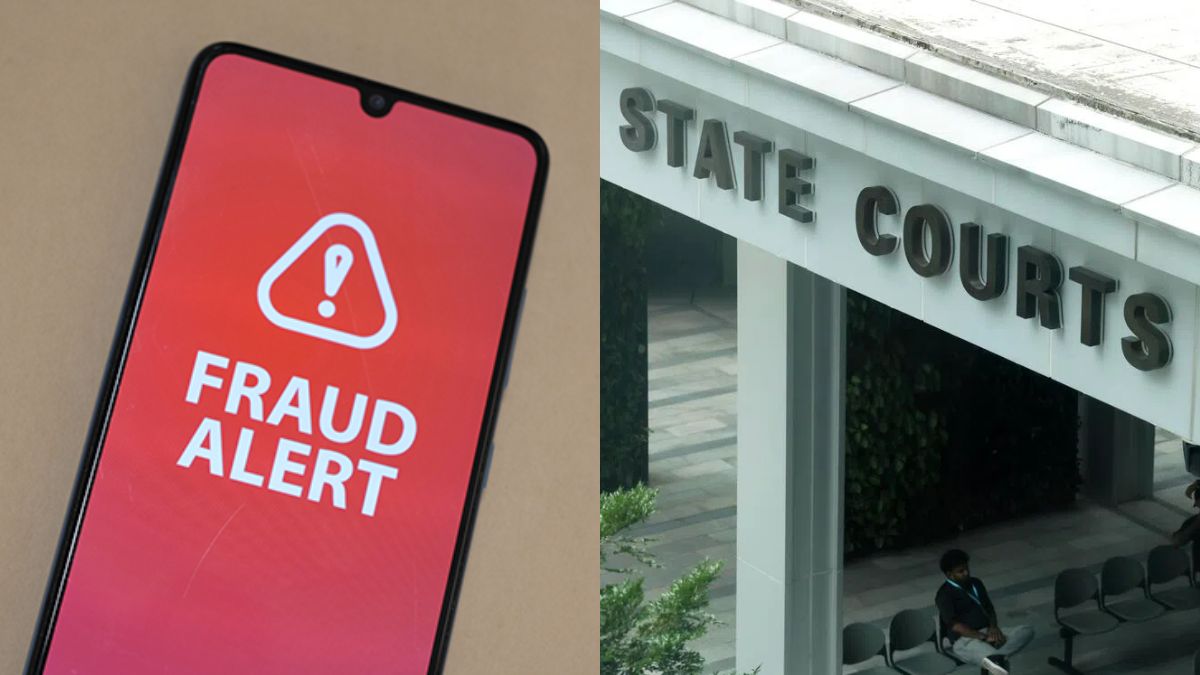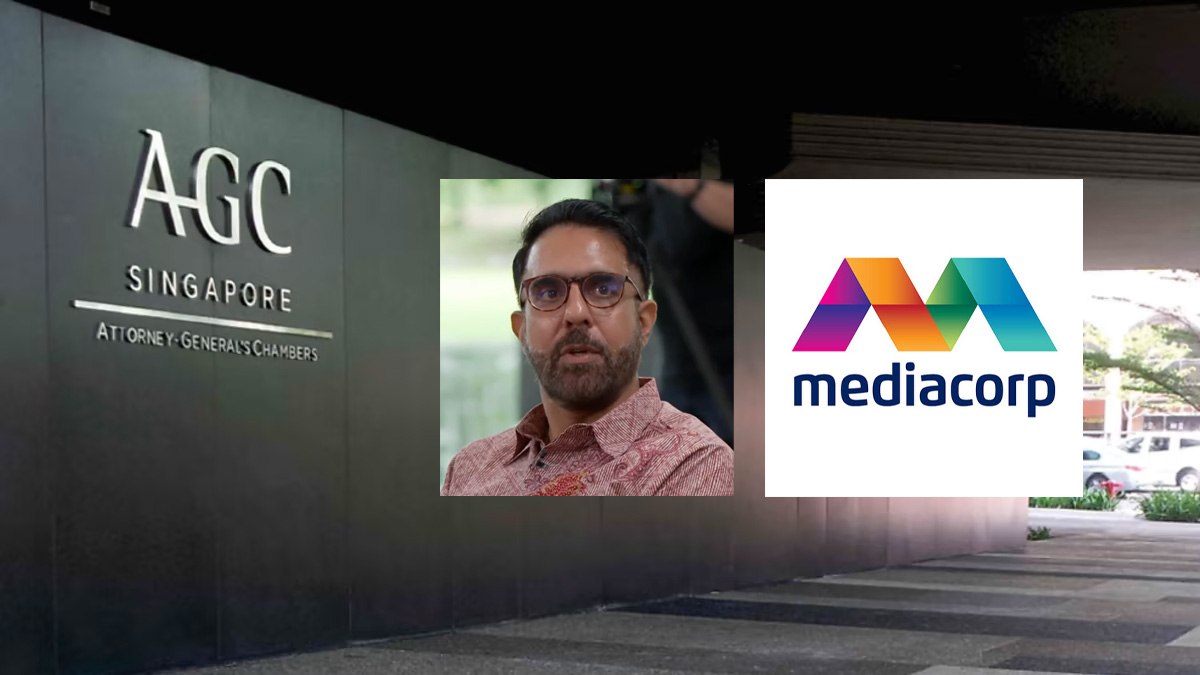URA proposes conservation of five heritage-rich sites under Draft Master Plan 2025
URA will propose conserving five heritage-rich sites — including the Singapore Badminton Hall, Jurong Hill Tower, Dakota Crescent blocks, Turf City grandstands, and the Royal Malayan Navy Admin Block — under its Draft Master Plan 2025, marking milestones in the nation’s sporting, social, and economic history.

- URA proposes conserving 5 sites under Draft Master Plan 2025.
- Sites span sporting, industrial, housing, recreational, and naval heritage.
- Conservation efforts will be integrated with new housing and urban plans.
- Over 7,200 buildings have been conserved since 1989.
Designed by pioneer architect Ng Keng Siang and completed in 1952, the Singapore Badminton Hall was once the epicentre of the nation’s sporting scene. It hosted the Thomas Cup tournaments in 1955 and 1958, nurturing homegrown legends such as Wong Peng Soon and Ong Poh Lim.
Beyond sports, the hall also played a political role as the vote-counting centre during the 1962 referendum on the proposed formation of Malaysia.
Recognised as a historic site in 1999, it is now being considered for permanent conservation as a dual symbol of sporting achievement and national history.
Jurong Hill Tower: A beacon of industrial progress
Built in the late 1960s as part of JTC’s Jurong Industrial Estate plan, Jurong Hill Tower’s spiral ramp and panoramic viewing deck became a signature stop for foreign dignitaries between 1969 and 1984.
URA described it as a “notable landmark representing Singapore’s economic transformation post-independence”, warranting preservation for its architectural and historical significance.
Dakota Crescent: Preserving SIT-era housing
Dakota Crescent, one of Singapore’s oldest housing estates, was constructed in 1958 by the Singapore Improvement Trust.
URA plans to conserve six blocks — four seven-storey, one three-storey, and one two-storey — around the estate’s courtyard and iconic dove playground. Distinctive balcony designs and building typologies from the era will be retained, adding to earlier conservation work at Tiong Bahru and Kampong Silat to showcase Singapore’s public housing journey.
Turf City: Echoes of the racecourse
Turf City in Bukit Timah, once Singapore’s second racecourse (1933–1999), will see its north and south grandstands conserved.
These structures, which drew thousands of spectators in their heyday, will be adapted for new uses within a future township that may house 15,000 to 20,000 families over the next two decades.
URA said the grandstands represent Singapore’s evolution from colonial pastimes to local recreational pursuits. Other structures on the site — including the Bukit Timah Saddle Club clubhouse and former secretaries’ bungalows — are also under study for potential reuse.
Royal Malayan Navy Admin Block: Maritime and military legacy
Completed in 1953, the former Royal Malayan Navy Admin Block in Woodlands carries both colonial and post-independence naval history.
The three-storey Art Deco building, with its rooftop observation deck and parade square, later became Admiralty West Prison (2011–2018).
URA’s proposal is to integrate the conserved block into a new HDB project, Housing by the Woods, ensuring its heritage elements shape the estate’s future design.
Part of Draft Master Plan 2025
The proposals will be featured in June during SG60 celebrations, as part of URA’s Draft Master Plan 2025 showcasing Singapore’s development vision for the next 10–15 years.
Since 1989, more than 7,200 buildings and structures across 100 areas have been conserved under the national programme.
URA stressed that conservation goes beyond physical preservation, encompassing intangible heritage such as stories, social practices, and collective memory linked to these sites.
“These are important ways of anchoring our sense of place and identity as Singaporeans,” Lee said.








0 Comments